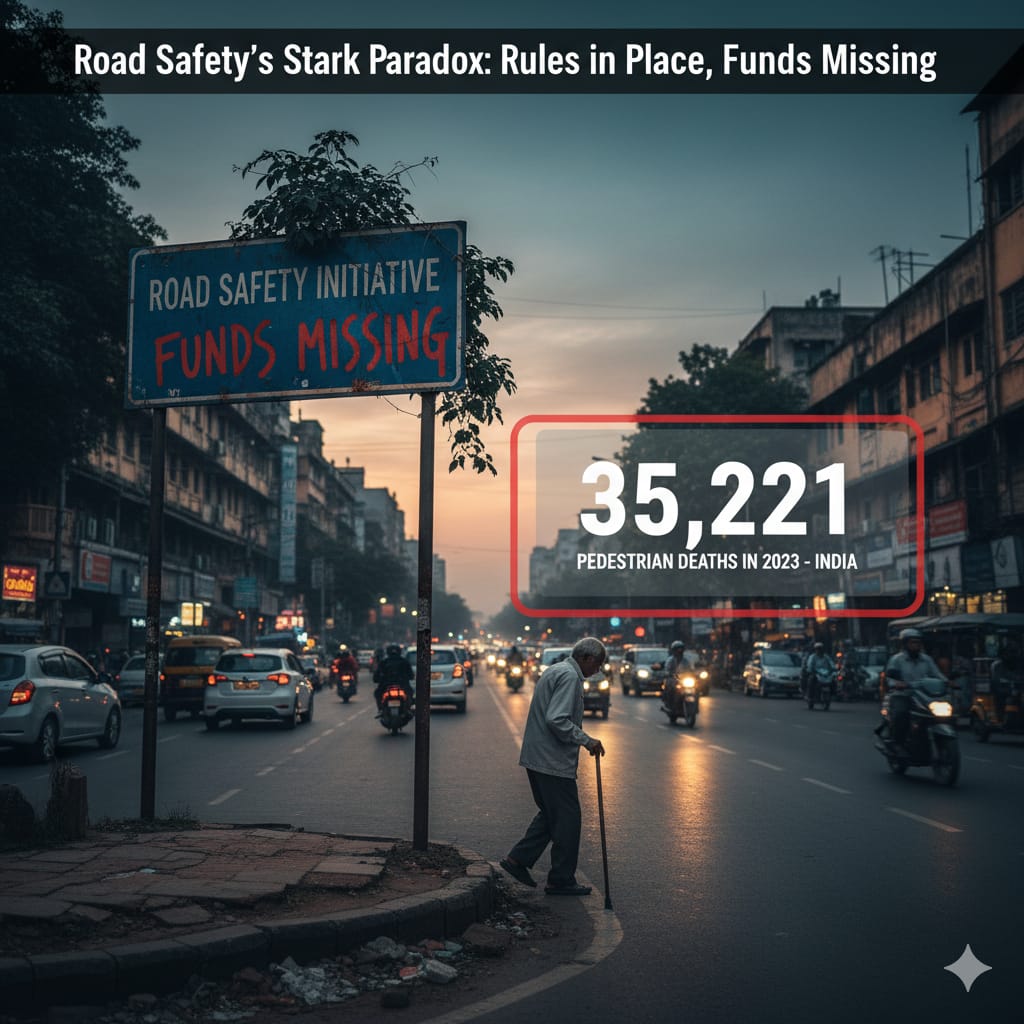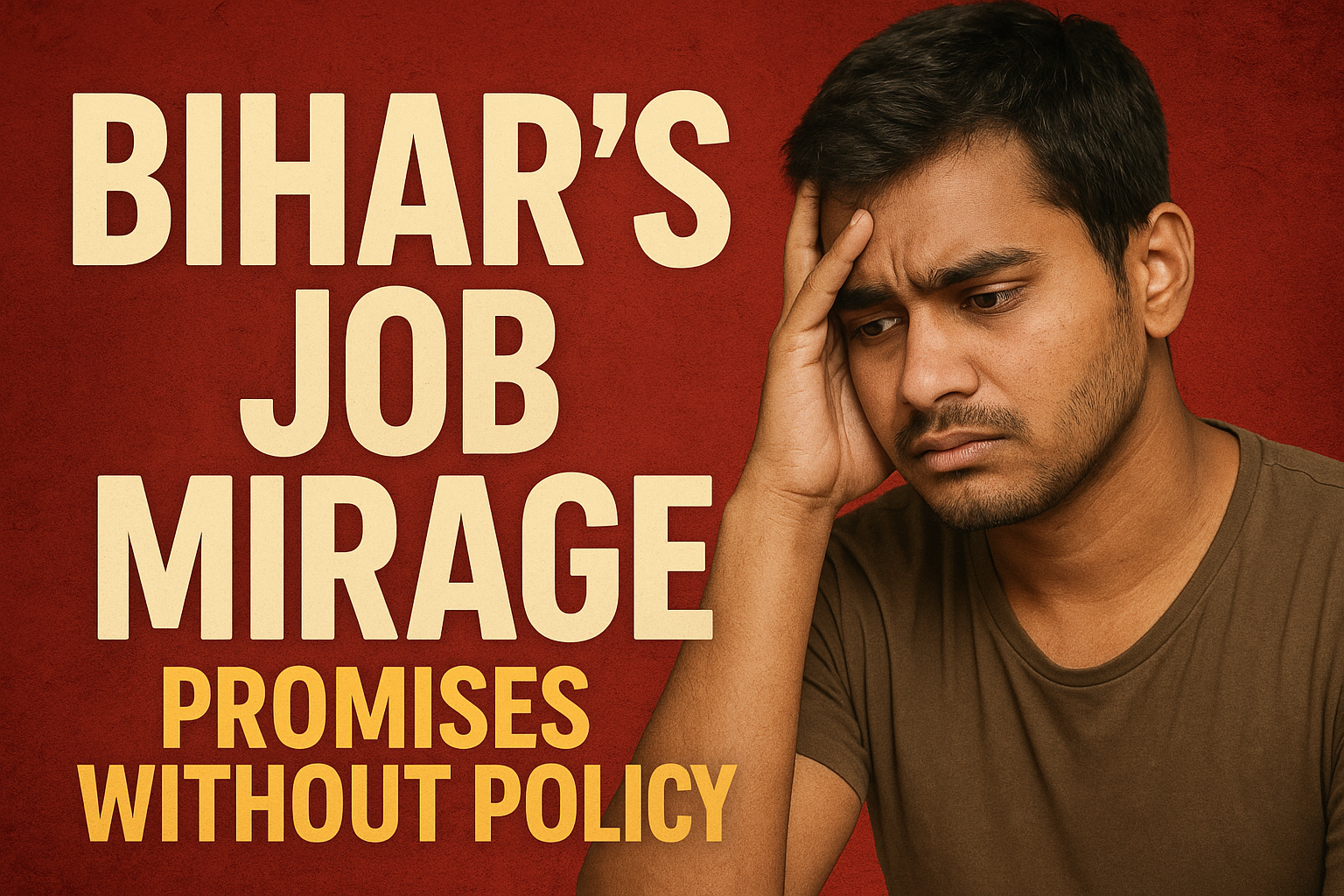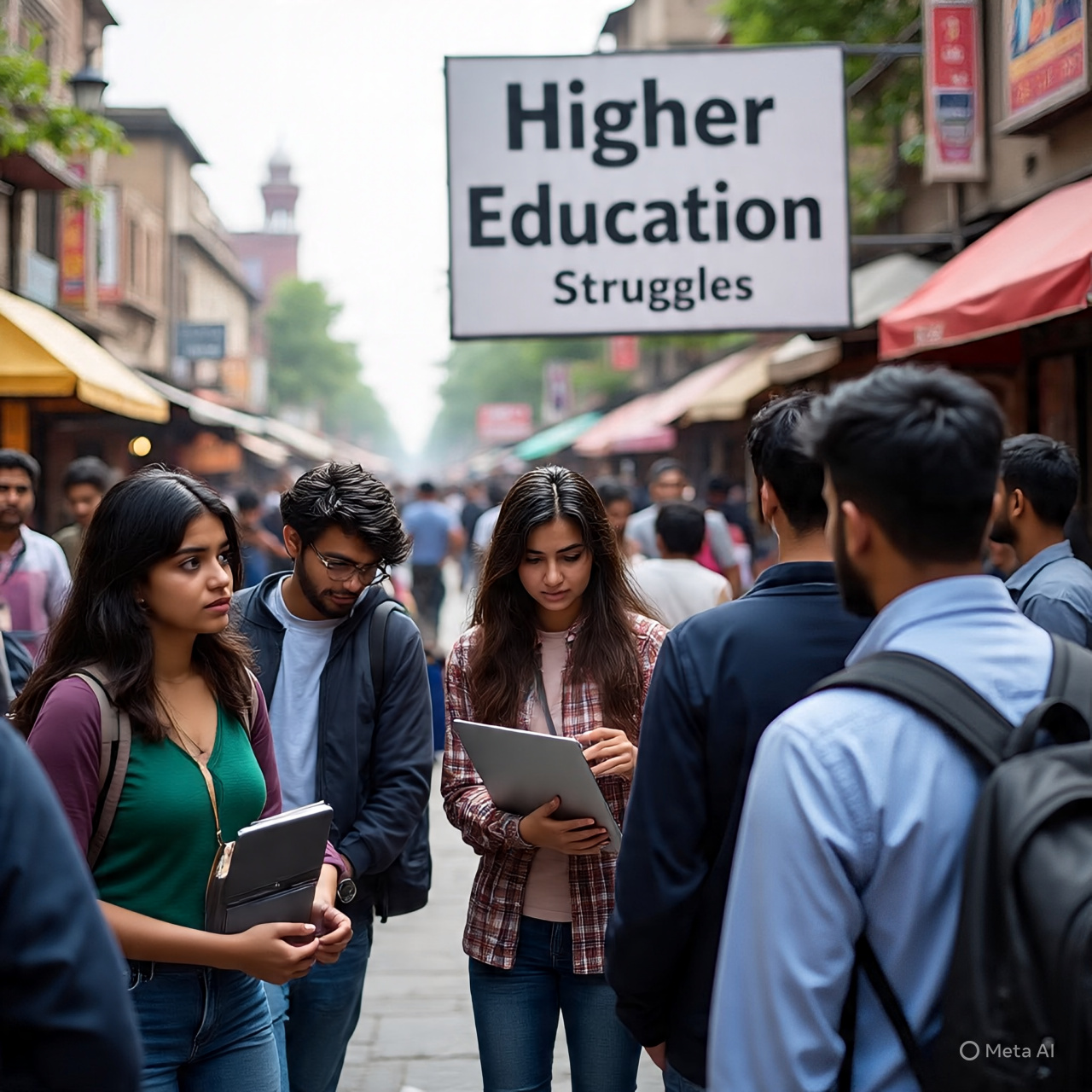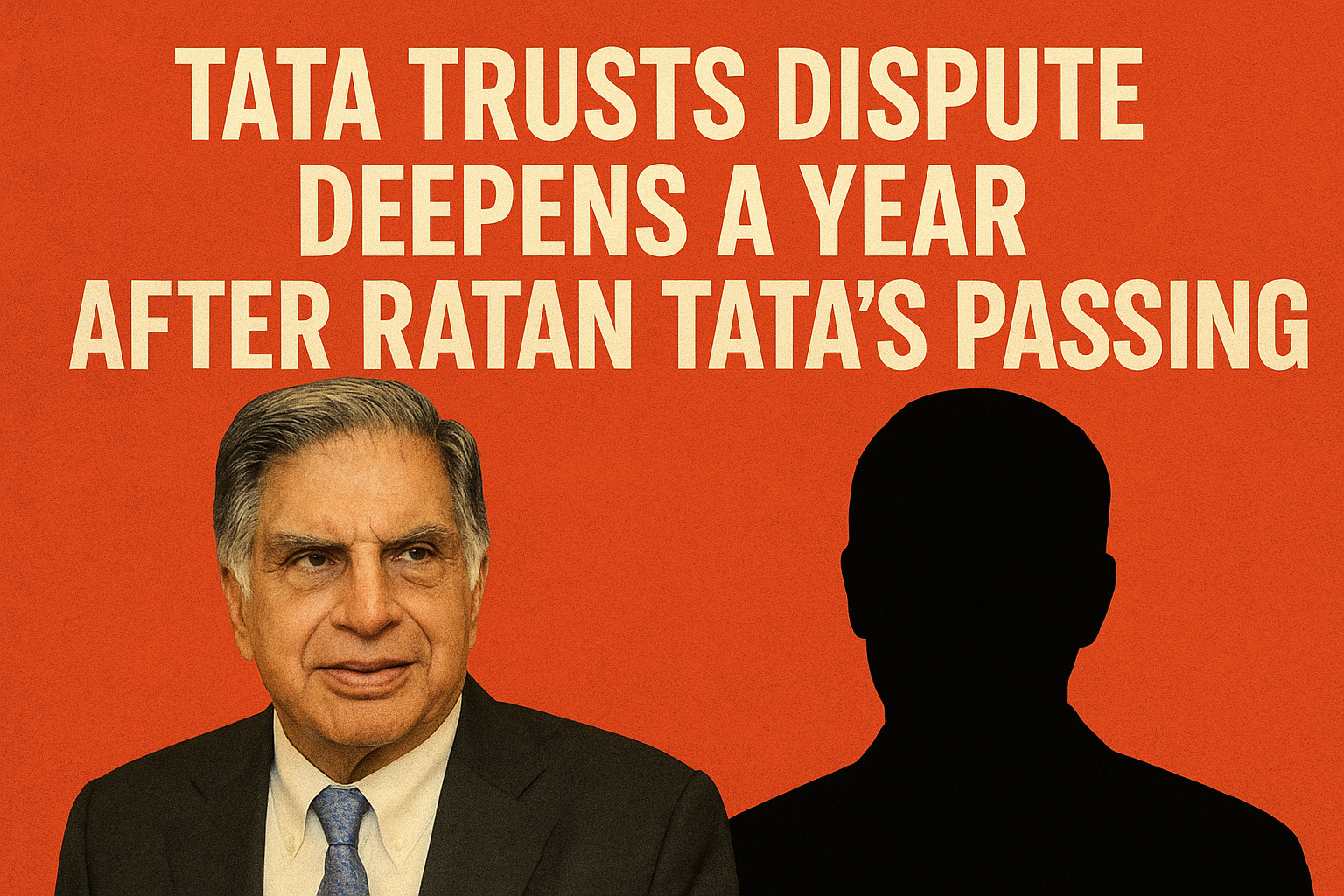
Cinema, in its essence, is a nation’s most eloquent whisper to the world. It speaks in the language of culture, ideology, aspiration, and subtle diplomacy. When Donald Trump, in the throes of his populist re-election rhetoric, declared a 100% tariff on all non-American films, he did not merely target foreign celluloid; he struck at the edifice of global cultural exchange. The decree, soaked in economic nationalism and vintage Trumpian paranoia, is less a trade policy and more an ideological manifesto: the resurrection of Fortress America, reel by reel.
Trump’s lament—"our American film business is being treated very badly by the world”—is not just a comment on imports; it is a cry of wounded hegemony. Hollywood, once the unchallenged lighthouse of cultural dominance, now finds itself outpaced by global ambitions and foreign tax incentives. Nations from New Zealand to Hungary have seduced American studios with honeyed rebates and cheap labour. India, too, has entered the fray, offering 30% incentives to lure international productions onto its sun-splashed soil and into its labyrinthine narratives.
But for Trump, this is betrayal—not by enemies, but by Hollywood itself. His war cry is an ultimatum to a once-loyal army: return to the homeland or be punished. The proposed tariff, therefore, is not just against Indian or European cinema; it is an attempt to quarantine American creativity from global flirtation.
India, meanwhile, is both collateral and contestant in this unfolding drama. Its media and entertainment industry—valued at $30 billion—is no longer content with parochial applause. Films like RRR and Baahubali are not merely regional triumphs; they are transcontinental juggernauts. Indian filmmakers now eye the West not with colonial awe, but commercial calculation. A 100% tariff on Indian films entering the US is not merely a financial barrier—it is a form of cultural visa denial.
Vivek Agnihotri’s alarm is not misplaced. India’s international box office revenues, especially from the US, are nascent but pivotal. The psychological impact of such a tariff—rendering Indian cinema economically unviable abroad—will not be measured in rupees alone. It will echo in lost soft power, weakened diasporic influence, and diminished global relevance.
There is a deeper irony at play. While Trump decries foreign subsidies as unfair, he remains oblivious to the economic paradox: the very American studios he seeks to protect are themselves beneficiaries of those same “unfair” incentives abroad. Hollywood has long been both ambassador and migrant, making movies about America while shooting in Prague, Wellington, or Hyderabad. Trump’s policy turns the ambassador into a prisoner.
India must read the signs, not the slogans. The tariff is not permanent—nothing in Trump’s world ever is—but it is prophetic. It signals a world where art is no longer innocent of geography, where creativity must carry a passport, and where culture becomes another trench in the battlefield of trade wars.
At WAVES 2024, Prime Minister Modi declared India a "complete playground" for filmmakers. It was a vision statement—optimistic, inclusive, and strategic. But if Trump’s tariff materializes, the playground may need new fences. India must pivot—not away from America, but toward a policy of self-sufficiency in narrative infrastructure. Incentives must evolve from bait to backbone; distribution channels must seek new hemispheres; content must transcend traditional markets.
Moreover, India must anticipate the boomerang. If other countries mimic Trump’s punitive protectionism, the free flow of Indian content could face global resistance. A cinematic cold war, fought with tariffs instead of tanks, could freeze the very globalization that once liberated storytelling from geography.
Yet, in Trump’s haste lies a contradiction. By throttling foreign films, he may also suffocate the very diversity American audiences increasingly crave. Platforms like Netflix and Amazon have built empires on the appetite for the exotic. A tariff that isolates America culturally might win applause in the heartland, but it will bankrupt the margins where innovation often begins.
In the end, the story is not just about a tax on foreign films. It is about an America wrestling with its waning monopoly over cultural narrative, and an India confronting the vulnerability of its rising stature. The battle is no longer for box office share alone—it is for the soul of the global imagination.




.jpeg)


.jpeg)




.jpeg)








